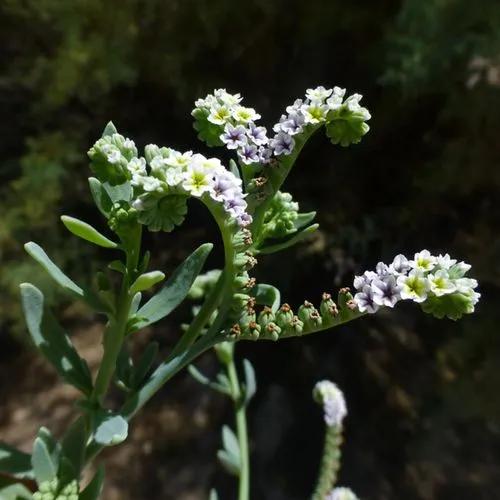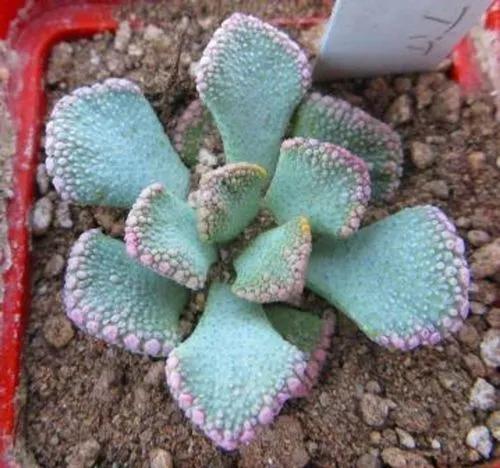Hoya bilobata is an evergreen perennial that is generally found trailing, but can have a climbing habit that grows to 24 inches or longer. H. bilobata can be considered either an epiphyte or a lithophyte.
Hoya Bilobata Care
Hoya Bilobata



How to Care for the Plant

Water

Hoyas should be watered weekly, and left to let dry completely between waterings.

Pruning

When your hoya plant finishes blooming, leave the flower stalk, as it may produce new flowers. Removing the stalk forces the plant to produce a new stalk, which delays blooming and wastes the plant’s energy. Hoyas are light feeders, and a monthly drink of compost tea or dilute fish emulsion provides all the nutrition these tropicals need.

Fertilizer

Hoyas should be fertilized monthly; The International Hoya Association suggests feeding them with a fertilizer that includes nitrogen, phosphorus, and potassium.

Sunlight

Hoyas thrive best when they get bright, non-direct sunlight.

Soil

A well-draining, lightweight soil mix is what hoyas should be planted in. Too much moisture and the roots will rot.

Temperature

As a tropical plant, hoyas thrive in warm and moist, humid climates.

Container

Hoyas like the security of a snug pot and plants that are a bit root-bound will flower more prolifically than those that are swimming around in a giant pot. Hoyas don’t like wet feet or heavy soil, and as many grow as epiphytes in nature (similar to bromeliads and orchids). Mixing your regular potting soil with orchid potting mix in a 1-1 ratio will provide an ideal growing medium for your hoya plant.

Popularity

72 people already have this plant 10 people have added this plant to their wishlists
Discover more plants with the list below
Popular articles






